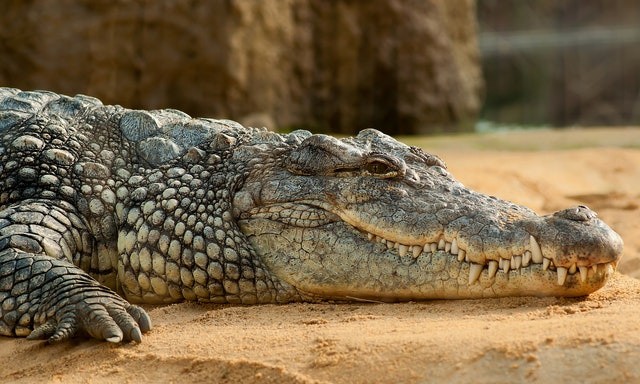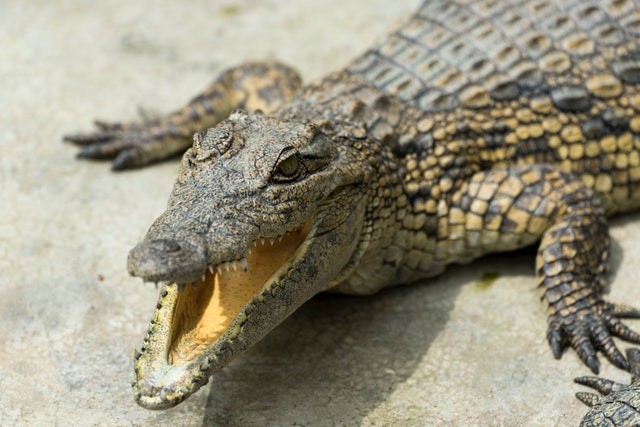A new unnamed species of crocodile indigenous to Australia has been found in the middle of the outback. The species of the crocodile presently on extinction, belonging to the Baru genus, is new to experts despite the animal roaming around the Australian continent 25 million years ago.

The Eight Million Years Old Crocodile Skull
Adam Yates, Senior curator of earth sciences at the Museum and Art Gallery of the Northern Territory said that Australia's suitable instance of the crocodile's skull was discovered in 2009 at the site of Alcoota Fossil which is eight million years old and is 200 kilometers north-east of Alice Springs.
Dr Yates revealed that other specimens had been discovered at earlier times. He said: "This specific specimen is one of the last of its kind. It is the nicest and also the skull of the Baru crocodile is the most complete among all that's ever been discovered by far." Thanks to the skull's condition, Dr. Yates said that it would turn into the name-bearing specimen or what he referred to as "the holotype" of the new species.
Also Read: Stoned to Death: Visitors Kill Helpless Crocodile Inside Tunisia Zoo
Genus Crocodylus
Dr. Yates revealed that the modern Australian crocodile is known for being ancient and fixed, but that was not really true. "The Australian crocodiles are truly new arrivals on the Australian continent. They are part of the genus Crocodylus, which likely has an origin in Africa," he said. Dr Yates said this species of crocodile immigrated and conquered Australia just a few million years ago. "Whereas Australia's main native crocodiles like this one, have totally gone extinct," he said.
Dr. Yates revealed that the size of this Baru can be compared to a recent saltwater crocodile, however, due to the fact that the skeleton is robust, it would have had more weight. He said it is likely that they weighed more than an equal length to a saltwater crocodile. So they are looking towards many hundreds of kilos. By studying the details of the skull it will bring hints not only to the altering state of Australia's environment but also how this specific crocodile varies from other species that are known.

Modern Crocodiles
He also said they have to get down to the nitty-gritty of its anatomy and make a demonstration on why the anatomy of this one is sort of different from all the other species of ancient crocodile from Australia that are known.
Dr. Yates said the size of the skull shows that the animal was very powerful. "Its actually powerfully built heavy, thick, deep jaws, and really large teeth all imply that this was a crocodile that specifically takes megafauna," he said. He added that [Modern crocodiles] mostly survive on small prey and small fish. This guy didn't survive on small things. Dr. Yates said modern saltwater crocodiles also had the ability of of taking larger animals.
For more news, updates about crocodiles and similar topics don't forget to follow Nature World News!
© 2025 NatureWorldNews.com All rights reserved. Do not reproduce without permission.





